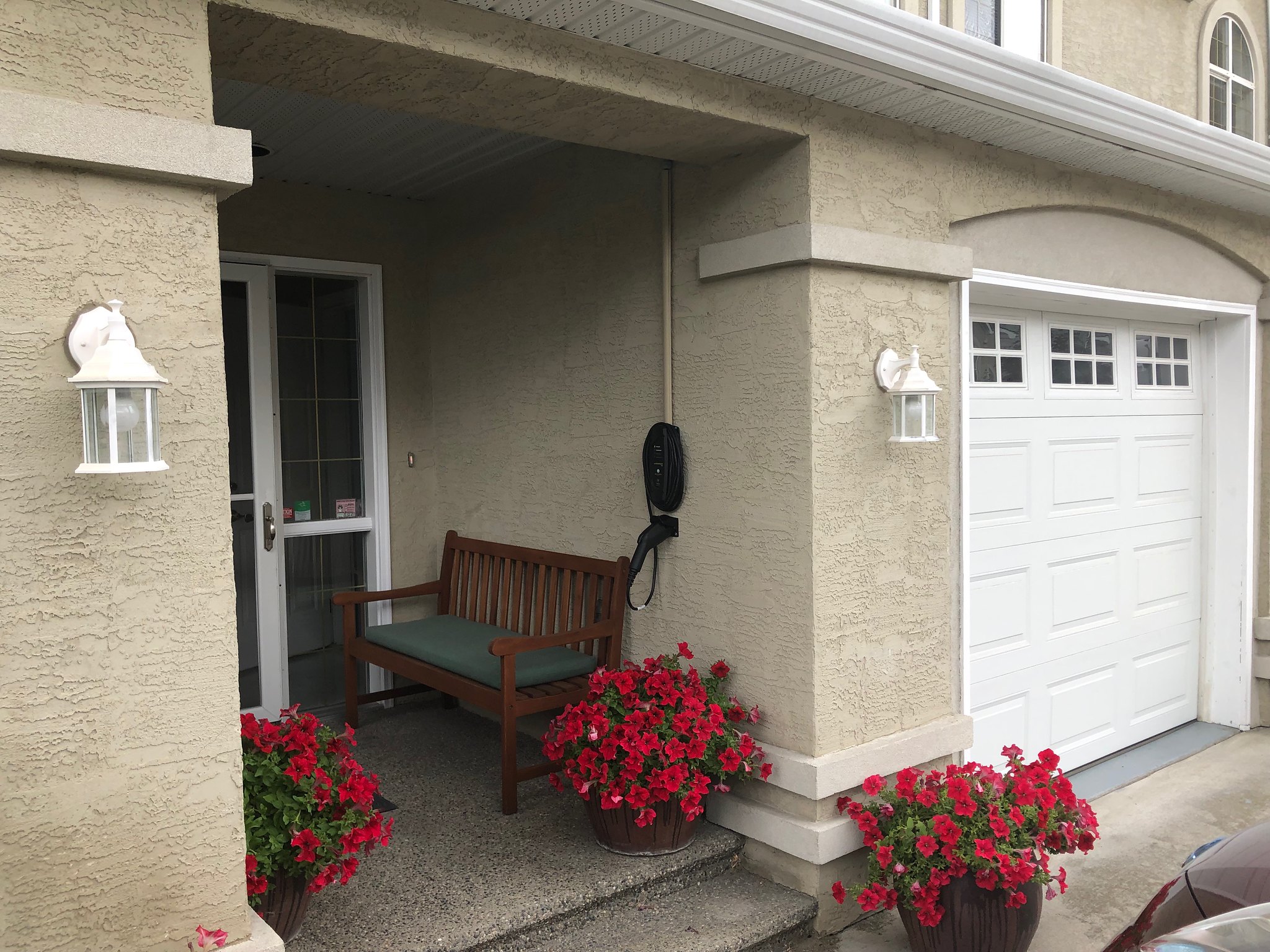LeftieBiker said:The overload capability of the onboard charger is irrelevant, as the car will limit the rate to 6.6kw. The external connection for the J-1772 port is not a "charger" BTW: it is a "charging cable" or "charging station" or "EVSE.
SageBrush said:Go to the Nissan website and view the LEAF specs. Try not to miss it since it is on the second line.
Finally the message has gotten through my thick skull. The charger is built into the Leaf not the EVSE .
Bruce



